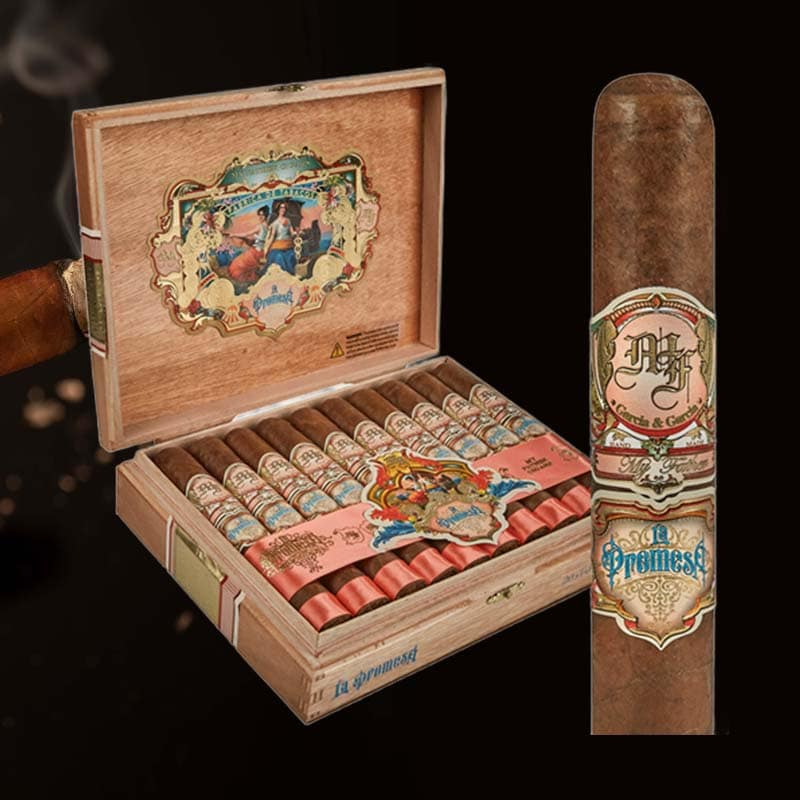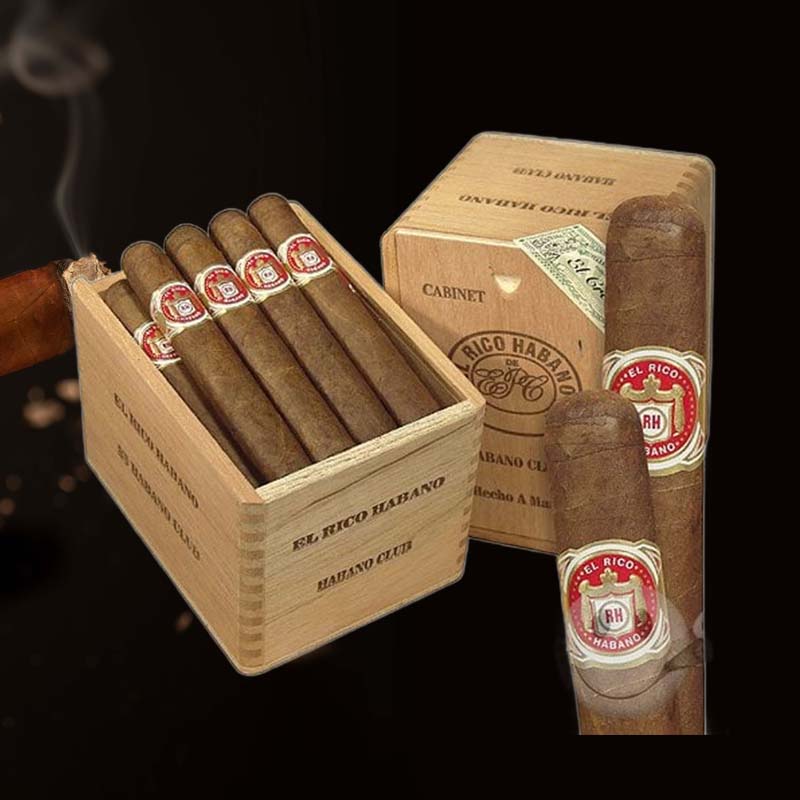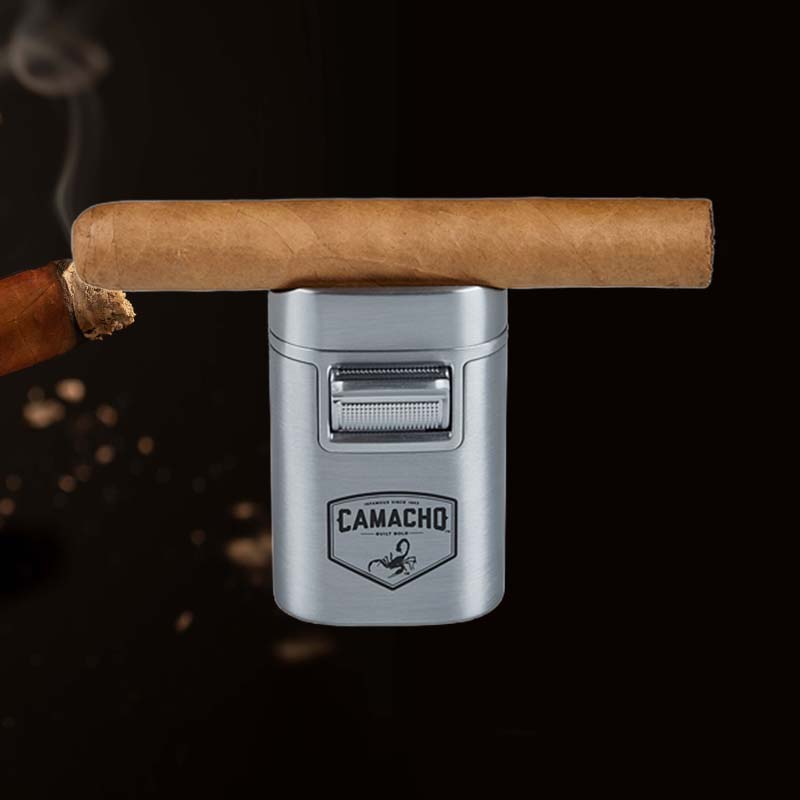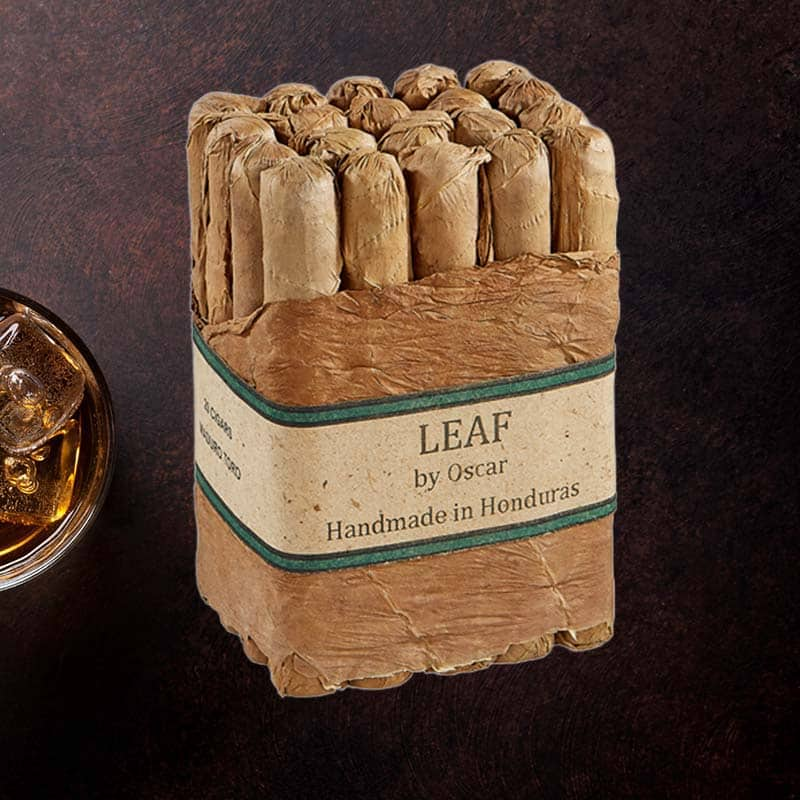Τύποι θερμόμετρων τροφίμων
Σήμερα μιλάμε για είδη θερμόμετρων τροφίμων.
Ως άπληστος μάγειρας στο σπίτι, I’ve learned that the right tools can make all the difference in the kitchen. One such tool that has greatly enhanced my culinary skills is a food thermometer. With food safety being one of the most crucial aspects of cooking, understanding the various types of food thermometers and their specific applications has been an eye-opener for me. Σύμφωνα με το USDA, using a food thermometer is essential, as it can reduce the risk of foodborne illness by 50%. Let’s explore the different types of food thermometers and how each can elevate our cooking game!
Τύποι θερμόμετρων τροφίμων
1. Υπερύθρων θερμόμετρα
Infrared thermometers allow for non-contact temperature measurement, which is incredibly handy. I frequently use my infrared thermometer in my kitchen to quickly check the temperature of cooking oil or the surface of grilled meats. It can measure temperatures ranging from 0°F to 716°F (-18° C έως 380 ° C), perfect for a wide array of cooking scenarios. This type of thermometer is particularly useful for tasks like frying, where monitoring oil temperature is crucial.
2. Θερμόμετρα άμεσης ανάγνωσης
Instant-read thermometers are designed for speed. I can usually get a reading in 2-5 δευτερόλεπτα! Σύμφωνα με τα πρότυπα της βιομηχανίας, these devices give reliable readings within a temperature range of -40°F to 450°F (-40° C έως 232 ° C). They are invaluable for quick checks on those perfectly grilled steaks, ensuring they hit the optimal 145°F (63° C) for safety and flavor.
3. Θερμόμετρα κρέατος
Meat thermometers are essential for ensuring meats reach safe cooking temperatures. Από την εμπειρία μου, they help prevent any nasty surprises at the dinner table. Για παράδειγμα, Σύμφωνα με το USDA, chicken should be cooked to a minimum internal temperature of 165°F (74° C), while ground beef should reach at least 160°F (71° C). Using a meat thermometer provides accuracy that I can’t guess by touch alone.
4. Καραμέλα και θερμόμετρα βαθιάς τηγανίσματος
When it comes to candy-making, I rely on my candy thermometer, which can check temperatures up to 400°F (204° C). These thermometers are crucial for achieving the perfect sugar stages for treats. With deep-frying, maintaining a specific temperature range (typically 350°F to 375°F or 177°C to 191°C) ensures my fried foods are crispy and not greasy. It’s a game-changer for my culinary adventures!
5. Oven Thermometers
Understanding that my oven might not always be accurate has led me to use an oven thermometer. These thermometers often measure a range from 100°F to 600°F (38°C to 316°C). By placing one in my oven, I can confirm the true temperature, which is vital when baking delicate pastries that require precision to rise correctly.
6. Refrigerator Thermometers
Keeping food at a safe refrigerator temperature (generally at or below 40°F or 4°C) is critical for food safety. I place a refrigerator thermometer inside to ensure it maintains this temperature, particularly after grocery shopping. The CDC reports that refrigerators operating at the correct temperature can significantly reduce the risk of food spoilage by up to 25%.
7. Freezer Thermometers
I use a freezer thermometer to ensure that my frozen food is kept at 0°F (-18° C) or lower. The FDA recommends this temperature to keep food frozen safely. By monitoring this, I can avoid freezer burn and maintain the quality of my meats and vegetables for months.
8. Thermocouple Thermometers
Thermocouple thermometers give incredibly precise readings, often in 1-2 δευτερόλεπτα. These thermometers measure temperature anywhere from -328°F to 2498°F (-200°C to 1370°C), catering well to professional kitchens. I often use one for sous-vide cooking, where precision is paramount to achieve a perfect texture.
9. Ανιχνευτές θερμόμετρα
Probe thermometers allow for monitoring cooking temperatures without opening the oven or grill. They often come with alarms to alert me once the desired temperature is reached. Σύμφωνα με το USDA, this feature can help reduce the risk of overcooking my roasts, allowing them to retain moisture and flavor.
10. Θερμόμετρα τοίχου
While wall thermometers might not be direct cooking tools, they help me monitor general kitchen temperatures. A comfortable cooking environment (around 70°F or 21°C) can enhance my cooking experience, especially when I’m spending time working with delicate ingredients.
11. Θερμόμετρα πλυντηρίου πιάτων
Στην κουζίνα μου, I also use dishwasher thermometers to ensure that my dishes are cleaned thoroughly. These thermometers can measure temperatures up to 190°F (88° C), ensuring sanitized dishware. The National Sanitation Foundation asserts a minimum of 160°F (71° C) is needed for sanitizing in commercial dishwashers.
12. Θερμόμετρα αφρό
For coffee enthusiasts like me, frothing thermometers provide the ideal milk temperature of 150°F to 155°F (65°C to 68°C) for microfoam freshness and texture. Using the perfect frothing temperature creates café-quality drinks right at home!
Άλλοι τύποι θερμομέτρων τροφίμων
There are even digital and wireless models that enhance convenience in the kitchen. I’ve recently started using a Bluetooth thermometer that syncs with my phone, allowing me to monitor the grill while I entertain guests.
Βαθμονόμηση θερμόμετρου τροφίμων

Πώς να βαθμονομήσετε ένα θερμόμετρο τροφίμων
To calibrate my food thermometer, Το τοποθετώ σε ένα μείγμα πάγου και νερού, ensuring the reading should be 32°F (0° C). Εάν διαβάζεται διαφορετικά, I adjust it according to the manufacturer’s instructions. Proper calibration is pivotal for precision cooking, and I make it a point to calibrate after heavy use or prolonged storage.
Πόσο συχνά πρέπει να βαθμονομηθεί ένα θερμόμετρο τροφίμων?
I generally calibrate my food thermometer every few months. Σύμφωνα με το USDA, I should also calibrate it after dropping it or exposing it to extreme temperatures. Regular checks provide consistent accuracy in my cooking!
Επιλέγοντας ένα θερμόμετρο τροφίμων

Παράγοντες που πρέπει να ληφθούν υπόψη κατά την επιλογή ενός θερμόμετρο
- Type of food: For baking or meats, choose accordingly.
- Speed and accuracy: Instant-read thermometers provide quick feedback.
- User-friendliness and cleaning: Easy-to-read displays save me time.
- Durability and price: Invest in quality; cheap isn’t always better.
Κοινά λάθη για αποφυγή
One mistake I made early on was not checking the temperature of thick foods properly. I ensure that when using a meat thermometer, I always probe the thickest part. This step guarantees food is cooked thoroughly and safely!
Using a Food Thermometer

How to Use Different Types of Food Thermometers
Mastering the use of different food thermometers is crucial. For instant-read, I insert the probe and wait for a few seconds. For probe thermometers, I leave them in while cooking. Understanding these methods shapes how I approach different recipes!
Σωστή τοποθέτηση θερμόμετρου τροφίμων
Placement is vital! I insert my thermometer into the thickest portions of meats to get an accurate reading, avoiding bones and fat pockets. This technique ensures I get a true temperature reading every time, που είναι ζωτικής σημασίας για την ασφάλεια των τροφίμων.
Γιατί να χρησιμοποιήσετε ένα θερμόμετρο τροφίμων?
Εξασφάλιση της ασφάλειας των τροφίμων
Using a food thermometer is a necessity for ensuring food safety. Οντως, the USDA states that only 25% of people use one when cooking. I’ve found that consistently using a thermometer helps me reduce the risk of foodborne illnesses by ensuring food reaches safe internal temperatures.
Οφέλη από τις ακριβείς θερμοκρασίες μαγειρέματος
Cooking at accurate temperatures not only ensures safety but enhances flavor and texture as well. I’ve noticed that using food thermometers greatly improves the quality of my meals, making dishes more enjoyable and consistent!
Συχνές ερωτήσεις

Ποιοι είναι οι τέσσερις τύποι θερμόμετρο τροφίμων?
The four primary types of food thermometers are digital instant-read thermometers, dial meat thermometers, υπερύθρων θερμόμετρα, and candy thermometers. Each type serves a specific function tailored to different cooking needs.
Τι είναι το 4 τύποι θερμόμετρων?
The four common thermometers are digital thermometers, υπερύθρων θερμόμετρα, dial thermometers, and glass thermometers. Each has distinct applications, especially in cooking scenarios like meats or baking.
Τι είδους θερμόμετρο χρησιμοποιούν τα εστιατόρια?
Most restaurants rely on digital instant-read and probe thermometers, which provide speed and precision for food safety, ensuring meals are cooked to the correct internal temperatures.
Ποιος τύπος θερμόμετρο είναι ο πιο ευρέως χρησιμοποιούμενος στα τρόφιμα?
Digital instant-read thermometers are the most popular choice among home cooks and professionals due to their accuracy and quick response times for measuring food temperatures.





